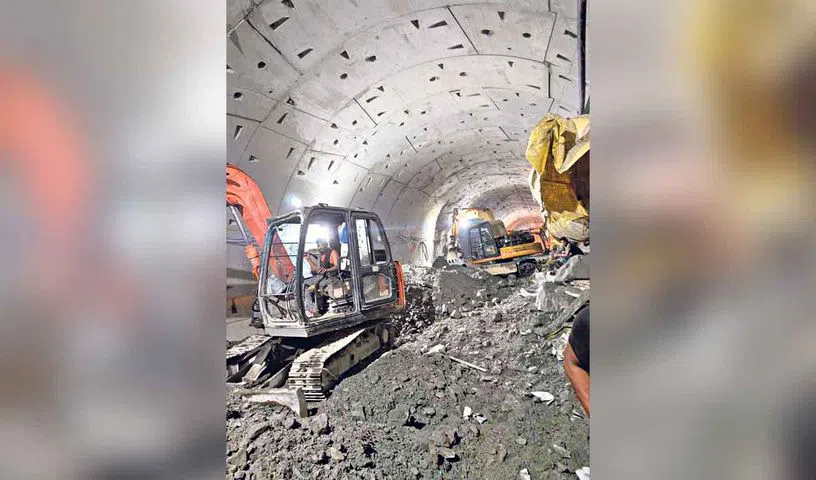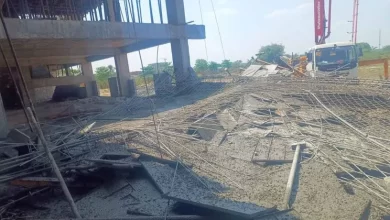Political involvement proved to be a distraction; Ministers’ focus on defending lapses at the worksite added to the chaos rather than resolving it
Hyderabad: The Srisailam Left Bank Canal (SLBC) tunnel collapse has exposed inadequacies on the part of State government in the handling of such massive rescue operations. The tragedy, which claimed lives and left workers trapped, points to systemic failures which the government failed to address.
Structural vulnerabilities, including prolonged water seepage and geological risks, were overlooked in the rush to resume work. The absence of emergency audits or escape routes in the tunnel design came in as a rude shocker for organisations involved in the rescue operations. These are clear indicators of a lack of preparedness for potential disasters.
Sources within the rescue teams also pointed to the lack of a centralised command centre staffed with necessary expertise and experience. This gap severely hampered the efficiency of the operations. Political involvement proved to be more of a distraction, with Ministers frequently visiting the site and diverting attention from the rescue efforts. Their focus on defending lapses at the worksite added to the chaos rather than resolving it.
The rescue operations, lasting 58 days, were among the most prolonged and complex in recent history. Despite the involvement of over 12 mainstream specialised agencies, several factors hindered the efforts. The presence of a massive tunnel boring machine (TBM) weighing 1,500 tonnes complicated debris removal. There were no precautions or preplanning for an incident of this magnitude, leaving rescue teams unequipped to respond swiftly when the disaster struck on February 22.
Rescue teams had to painstakingly dismantle the TBM into smaller parts, delaying progress further. The collapsed section remained highly unstable, with continuous water seepage, estimated at 5,000 liters per minute, creating hazardous conditions and complicating debris removal. The approach in the critical first week of the rescue effort was largely ad-hoc, with teams essentially groping in the dark. The absence of functioning communication systems, such as the conveyor belt or locomotive, further delayed access to the accident zone.
Despite clearing over 300 metres of debris, only two bodies were recovered, while six workers remain unaccounted for. An irrigation official associated with the project aptly described the incident as a “tragedy marked by mismanagement and missed opportunities.”
Environmental restrictions also added to troubles. Located in a wildlife sanctuary, the tunnel’s construction had to adhere to stringent regulations, which affected the implementation of robust safety measures. These combined factors culminated in tragedy, making the official machinery to realise the importance of proactive planning, rigorous risk assessments, and effective crisis management in the implementation of such large-scale projects.








